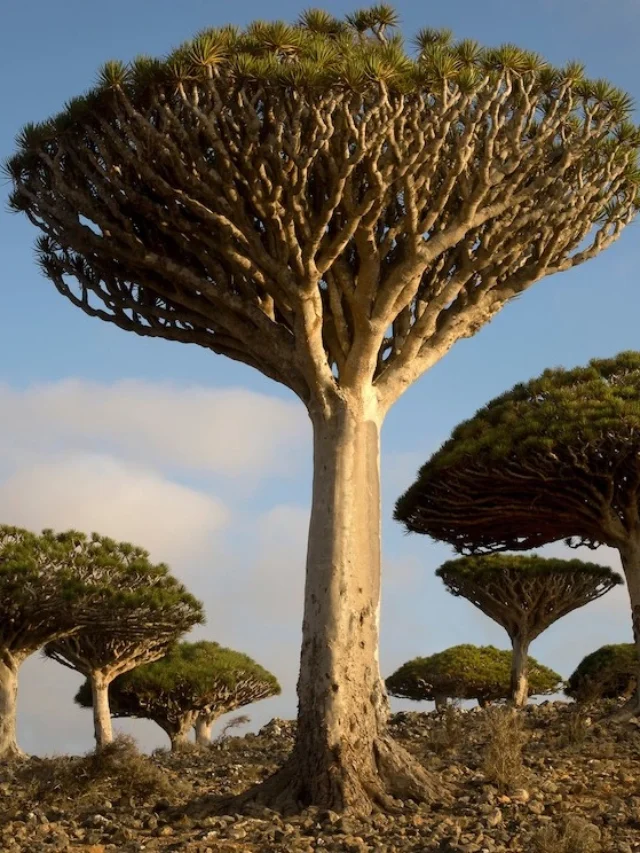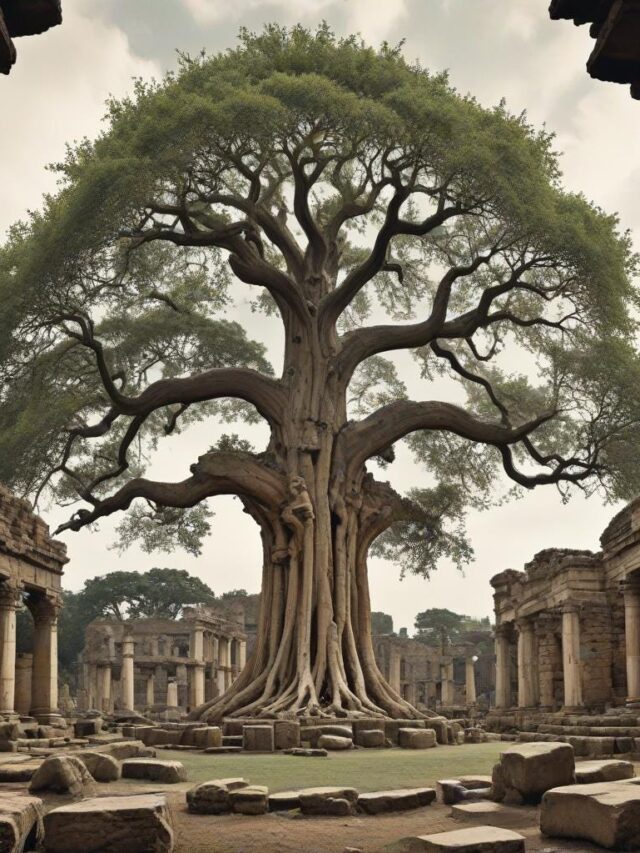Web story
Hidden Forest Microhabitat part – 2

1.Forest Streams
- Location: Flowing through forested areas.
- Freshwater ecosystems known as forest streams traverse wooded areas, offering vital water supplies and serving as home to a diverse range of aquatic and semi-aquatic creatures. Salamanders, crayfish, dragonfly larvae, and freshwater shrimp are among the species that live in these streams. They are essential to the dispersion of nutrients and the preservation of the forest ecosystem’s general health.
- Notable Inhabitants:
- Freshwater shrimp and crayfish.
- Aquatic insects like dragonfly larvae.
- Amphibians such as salamanders.
2. Cavities in Trees
- Location: Holes and crevices in tree trunks and branches.
- For many forest creatures, caverns in trees—which are created by animal activity or natural decay—provide vital cover and places to nest. These hollows serve as havens for bats, small mammals like squirrels, and birds like woodpeckers and owls. These tree cavities are essential microhabitats for life because they provide shelter from ferocious weather and predators.Notable Inhabitants
- Birds like woodpeckers and owls.
- Bats.
- Small mammals such as squirrels.
3. Underground Burrows
- Location: Beneath the forest floor.
- Animals or natural processes can dig underground tunnels, which are humid, stable microclimates. For rodents like voles and moles, amphibians like toads, and insects like ants and beetles, these burrows provide homes and breeding grounds. They offer a secure haven away from surface dangers, which is crucial for the survival of many species.
- Notable Inhabitants:
- Rodents like voles and moles.
- Amphibians such as toads.
- Insects like ants and beetles.
4. Forest Edges
- Location: Transition zones between forest and open areas.
- Because of the variety of habitats present, forest edges—the places where forests meet open spaces—have a high biodiversity. Increased sunlight in these regions encourages a variety of plant life and serves as habitat for small mammals like rabbits, pollinators like butterflies and bees, and edge-dwelling birds like thrushes and sparrows.
- Notable Inhabitants:
- Edge-dwelling birds like sparrows and thrushes.
- Small mammals such as rabbits.
- Butterflies and bees.

























